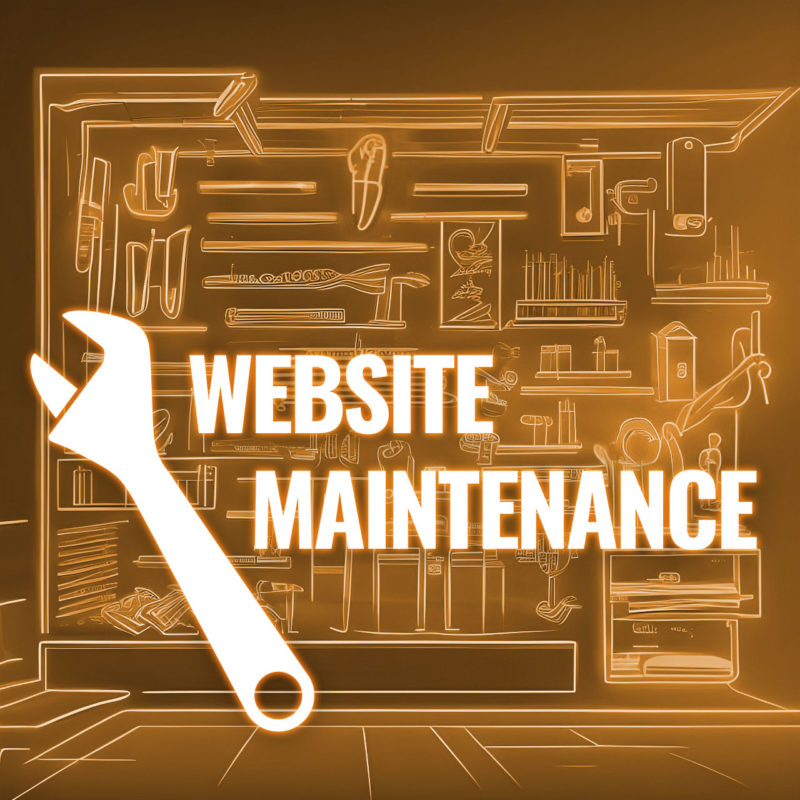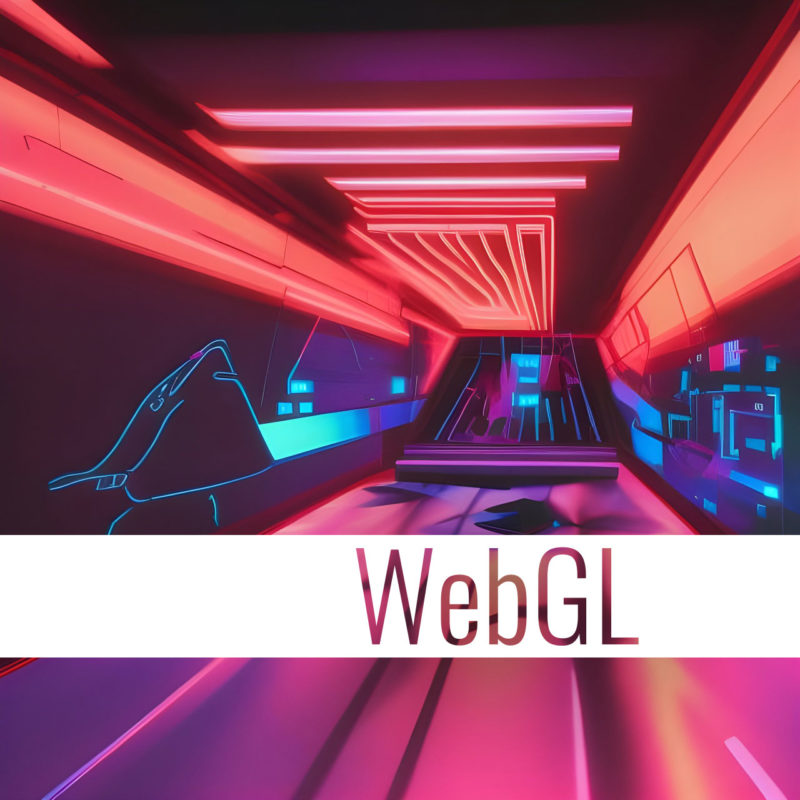
Browser testing is an essential part of web design to ensure that your website looks and works correctly across different web browsers and devices. With so many different browsers and versions available, it can be challenging to create a website that looks and works consistently on all of them. Let’s take some time to explore the importance of browser testing and some best practices to ensure your website performs optimally across different browsers.
It’s important to understand that different web browsers can interpret and display HTML, CSS, and JavaScript differently. This means that a website or web app that looks great in one browser might look completely different in another browser. For example, Google Chrome may render a web page the way you expect, but it may appear broken or out of place in Safari or Firefox. Therefore, it’s crucial to test your website in all the popular browsers, including the latest versions of Google Chrome, Firefox, Safari, and Edge. You can even go the extra mile and test with other lesser used browsers like Brave, Opera, Samsung Internet, Internet Explorer, Vivaldi, and others.
There are a number of different ways to perform browser testing. The most obvious way is to install several different browsers on your computer and test manually. Or another common method is to use browser emulators or a virtual machine. These tools allow you to test your website in different browsers without having to install them on your own computer.
One of the quickest ways to test your website is to use an automated browser compatibility testing tool. These tools allow you to test your website on multiple browsers and devices, so you can identify any issues that need to be addressed. Some popular browser compatibility testing tools include BrowserStack, CrossBrowserTesting, and Sauce Labs.
In addition to using automated testing tools, it’s also essential to test your website on different devices, including desktops, laptops, tablets, and mobile devices. This is because different devices have different screen sizes and resolutions, which can affect how your website is displayed. You can use responsive design techniques to ensure that your website adapts to different screen sizes and resolutions, but it’s still essential to test your website on different devices to ensure that it works correctly.
Another best practice for browser compatibility is to use the latest web standards and coding practices. This can help to ensure that your website is compatible with the latest browsers and devices. For example, using HTML5 and CSS3 can help to ensure that your website is displayed correctly in the latest browsers, while using outdated coding practices can lead to compatibility issues.
Code Validation
Code validation is a helpful step to ensure that your website renders consistently across browsers. Validating your code ensures that your website adheres to the standards set by the World Wide Web Consortium (W3C) and helps identify potential issues that can cause problems for users with different browsers and devices.
There are a variety of online tools available for code validation, such as the W3C Markup Validation Service and the CSS Validation Service. By checking your HTML and CSS code for errors and correcting any issues, you can ensure that your website functions properly across different platforms and provides a consistent user experience for all visitors.
Chrome Inspector
The developer tools in Google Chrome are powerful and helpful with browser testing and debugging. The inspector panel in particular allows you to audit the HTML, CSS, and JavaScript of any webpage and make changes in real-time. You can use it to check the layout of your website, troubleshoot any issues with the code, and see how your site looks on different devices and screen sizes.
To access the Chrome Inspector, simply right-click on any element on your website and select “Inspect” from the menu. This will open up the Inspector panel, which shows the HTML code for the selected element, as well as its styles and any associated JavaScript.
You can use the Inspector to make changes to your code in real-time and see the results immediately. For example, you can change the background color of an element or adjust its padding and margin to see how it affects the layout of the page. You can also use the Inspector to test different screen sizes and devices by selecting the “Toggle Device Toolbar” button in the top-left corner of the panel.
While Google Chrome has led the way in this area, other major browsers now also have similar features. By using the Chrome Inspector or other equivalent tools, you can quickly identify and fix any issues with your website’s code and ensure that it looks and functions properly on all devices and browsers.
Fixing Inconsistencies
After you have run your website through various browser testing tools and code validators, you may find that there are some inconsistencies or errors that need to be fixed. The first step in fixing inconsistencies is to identify the root cause of the issue. This can involve reviewing the code line-by-line and determining where errors may have occurred, as well as checking for missing or incomplete code. Keep an eye out for typos and syntax errors as well.
Once you have identified the root cause, you can begin to make the necessary changes to your code. This may involve rewriting certain sections of the code, removing unnecessary code, or restructuring the code to improve readability and consistency. It is important to test your changes thoroughly to ensure that they have not caused any new issues or introduced additional inconsistencies. You may have to experiment with different workarounds and patches until arrive at a cohesive balance.
In addition, it is important to establish clear coding standards and guidelines for your development team. This can help to ensure that all members of the team are using consistent coding practices, which can help to minimize inconsistencies and errors. By taking a proactive approach to code consistency and quality, you can help to ensure that your website is as reliable and user-friendly as possible.
The Work Is Never Done
Just because your homepage tested well last month doesn’t mean it won’t have bugs today. It’s important to retest your website periodically, especially when new browser versions are released. Browser updates can cause unexpected changes in how your website displays or behaves. It’s a good idea to test your website with new browser versions and make any necessary updates to ensure compatibility. This can be a time-consuming process, but it’s essential for providing the best user experience and maintaining the integrity of your website. Additionally, it’s a good practice to regularly check browser usage statistics to ensure that you’re testing your website on the most popular browsers used by your audience.
It can be a time consuming process, but it pays to be proactive in fixing things before someone else notices. Here are a few bonus tips to help with your testing endeavors:
- Test on multiple devices: Just like how browsers can differ in their rendering, different devices can also affect how a website looks and performs. Make sure to test on various devices, such as desktops, laptops, tablets, and smartphones.
- Test with different user scenarios: Users may access your website in different ways and from different locations. Test with different user scenarios, such as using different browsers, different internet speeds, and even different geographical locations.
- Test with real users: If possible, test your website with real users. They can provide valuable feedback on usability, accessibility, and user experience.
- Stay up-to-date with web standards and trends: The web is constantly changing, and it’s important to stay up-to-date with the latest trends and web standards. This can help ensure that your website is accessible and performs well on modern browsers and devices.
Browser testing is an important part of the web development process, as it helps to ensure that users have a consistent experience regardless of the browser they are using. If you are serious about creating a successful website, then it is important to invest some time in browser testing. By using testing tools, testing on different devices, and using the latest web standards and coding practices, you can create a website that looks and works consistently across different browsers and devices.









